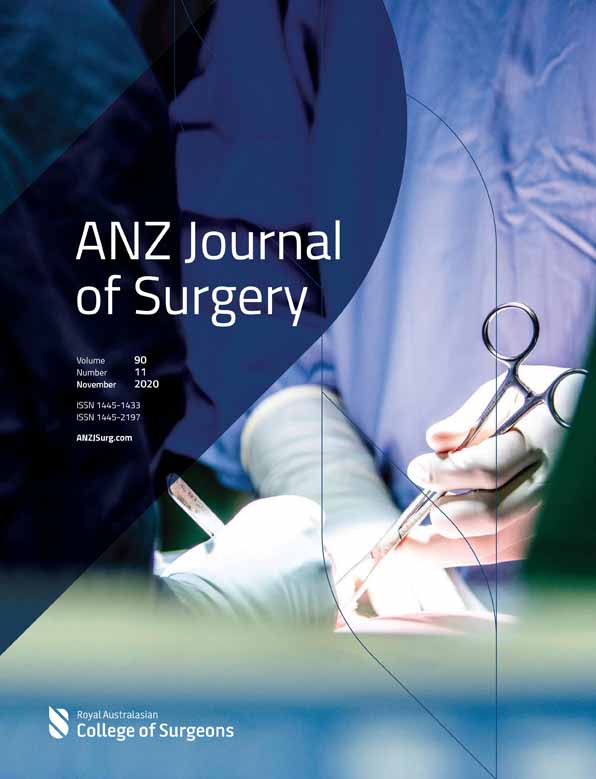Achieving margin clearance following oncoplastic breast surgery in comparison with simple wide local excision: a three-dimensional specimen assessment
Presented in part at Oncoplastic and Reconstructive Breast Surgery (ORBS) 2017 – 6th International Scientific Meeting, 25–27 September 2017, Nottingham, UK; and UK Interdisciplinary Breast Cancer Symposium (IBCS), 15–16 January 2018, Manchester, UK.
Abstract
Background
Pre-operative breast tumour radial dimensions often determine the choice between simple wide local excision (WLE) and oncoplastic breast surgery (OBS). We reviewed the three-dimensional interplay between tumour and surgical specimen dimensions in the two cohorts.
Methods
Demographic, tumour and treatment data were collected for all patients undergoing OBS by a single surgeon and compared with a randomly selected cohort of WLE patients treated. The relationship between tumour and specimen medio-lateral, supero-inferior and antero-posterior dimensions were explored in both groups. Subgroup analyses were performed in the OBS cohort (parenchymal displacement versus replacement).
Results
We identified 60 OBS patients (63 breasts), comparing them with 60 WLE patients. Pre-operative tumour estimated size was significantly larger in the OBS cohort and concordant with macroscopic tumour radial dimensions and final microscopic tumour size. Surgical specimen weight was more than 3.5 times higher in the OBS group and its radial dimensions were almost double. No significant difference was observed for the antero-posterior dimensions. The rate of margin re-excisions and completion mastectomies were lower in the OBS cohort. WLE patients with positive margins had a lower tumour-to-specimen ratio, whereas, the requirement for further surgery in the OBS cohort was associated with larger tumour dimensions.
Conclusion
Despite larger tumour dimensions, OBS is not inferior to WLE in providing clear surgical margins. Our analysis of the three-dimensional spatial relationship between cancer and surgical specimen, although not completely conclusive, can be helpful in the selection of the most appropriate surgical approach for every patient.
Conflicts of interest
None declared.




